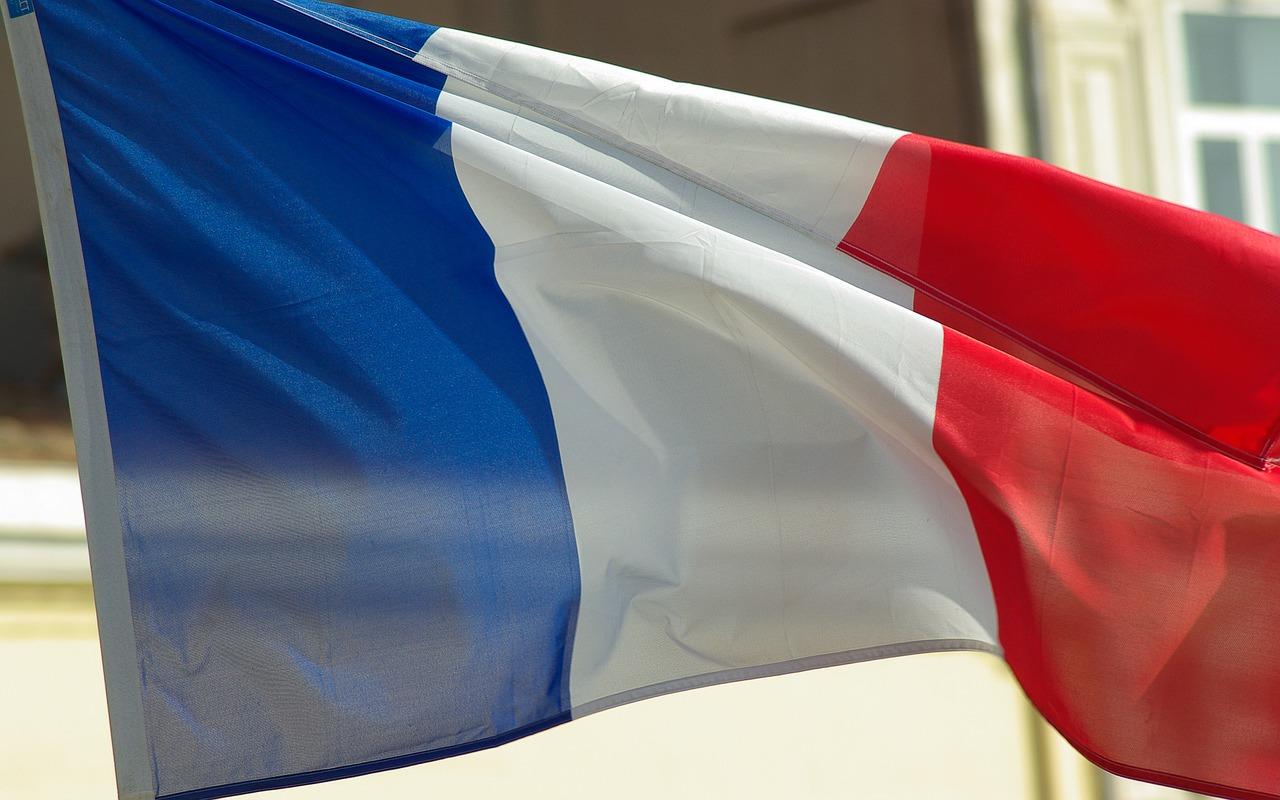While the stereotype is that France loses many battles, it's actually the European nation with the most recorded victories. Let's examine some of the most significant ones and how they shaped the country's history.
| Battle Name | Year | Outcome | Opposing Force | Key Significance |
|---|---|---|---|---|
| Battle of Tours | 732 | Victory | Umayyad Caliphate | Stopped Muslim expansion into Western Europe |
| Battle of Hastings | 1066 | Victory | Anglo-Saxons | Established Norman rule in England |
| Battle of Agincourt | 1415 | Defeat | England | Decisive victory for English in the Hundred Years' War |
| Battle of Marignano | 1515 | Victory | Swiss Confederation | Secured French control over Milan in the Italian Wars |
| The American Revolution | 1775-1783 | Victory | Great Britain | Helped secure American independence |
| Battle of Trafalgar | 1805 | Defeat | Great Britain & Spain | Prevented Napoleonic invasion of Britain |
| Second Battle of Ypres | 1915 | Victory | Germany | First large-scale use of poison gas in warfare |
| Battle of Verdun | 1916 | Victory | Germany | Longest battle of WWI; key to French defense |
| Battle of the Somme | 1916 | Victory | Germany | Weakened Germany; precursor to final defeat in WWI |
| Battle of Dien Bien Phu | 1954 | Defeat | Viet Minh | Marked the end of French colonial rule in Indochina |

Battle of Tours - Victory
French military history is fascinating – but is there any truth to the stereotype that France has never won a war on its own? Let's start with the Battle of Tours. Also known as the Battle of Poitiers, the Battle of Tours was a victory for the Franks (the people who lived in France in the 8th century) against invaders who had invaded France from North Africa via the Iberian Peninsula.
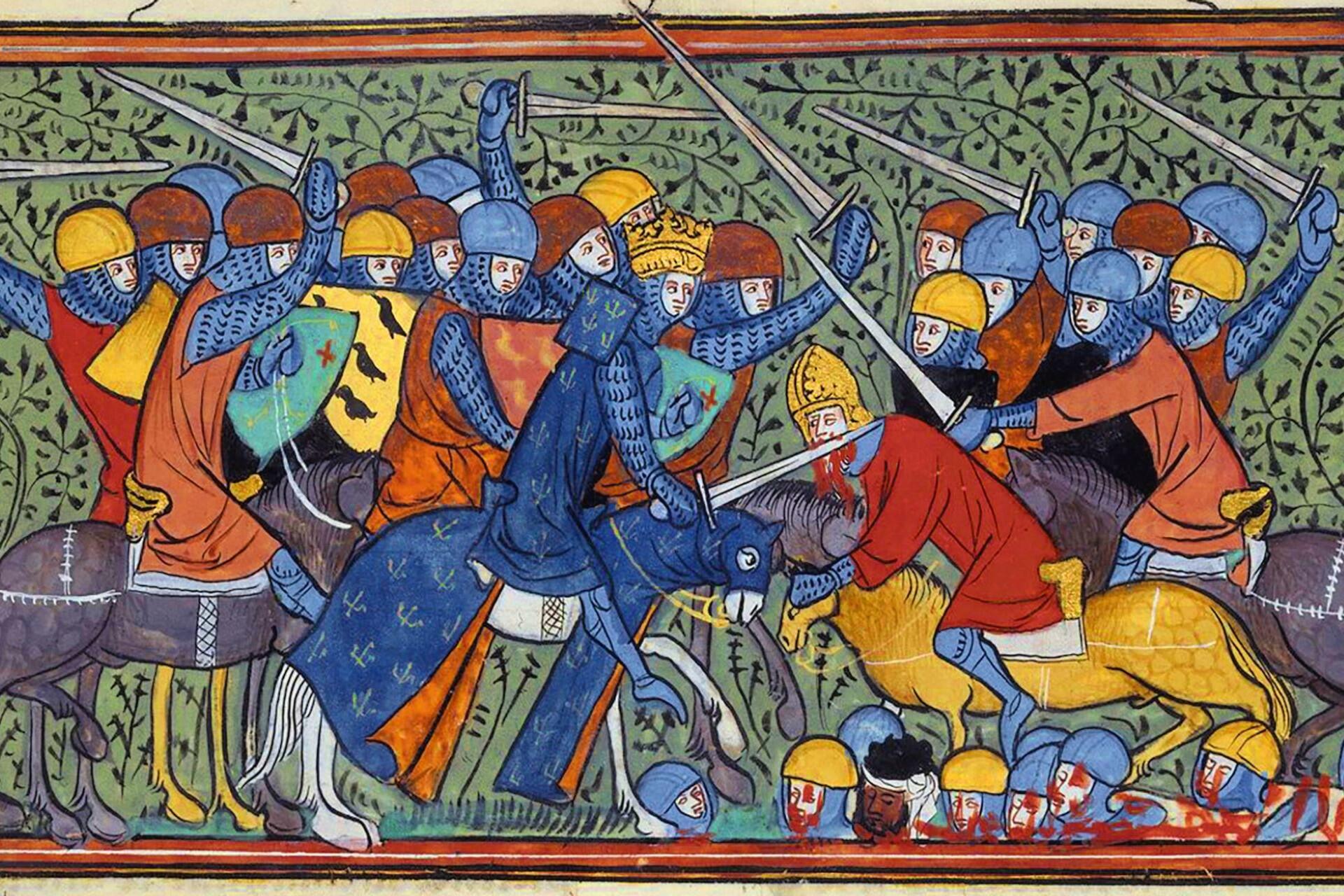
The Muslim conquest of European Christian kingdoms began in 711 AD, after the death of the Visigoth ruler Witizia. This campaign led to the conquest of many areas in present-day Spain, which still retain their Moorish influences today.
Established as a dominant power in Southern Europe, the Umayyad Caliphate’s men pursued France. After being defeated at Toulouse in 721 AD, the invaders continued Northward and emerged victorious at Aquitaine in 732 AD. After fleeing Aquitaine, which was now being brought under the control of the Umayyad forces, Duke Odo pleaded with the Frankish mayor, Charles Martel, who agreed to help as long as the attack was Frank-led.
Charles Martel was not initially nominated to rule Francia upon his father’s passing. Instead, Pepin de Herstal, Charles’ father, at his wife's urging, nominated Charles’ nephew as successor. Some records contend that Charles was illegitimate, which would have been a good reason to deny him the succession to power. However, it was legal for a man to have several consorts then.
Charles, the issue of one of Pepin’s other wives, could ascend to power. Still, Plectrude, a consort who heavily influenced her husband, ensured her grandson would inherit the title by obtaining a promise from Pepin on his deathbed. You might say that, before the battle at Tours, Charles Martel’s first, most significant battle was for the title that was rightfully his.
Plectrude, unwilling to see her grandson slighted, had Charles imprisoned. However, because her son was so young, only eight years old, meaning Plectrude would rule in his place, the nobles resisted his ascension to power. Unrest and rebellion festered throughout the land, culminating in battle. The young statesman led his armies in the Battle of Compiègne and suffered a humiliating defeat.
Later that year, Charles was set free from prison and met with acclaim and allegiance from the nobles. From 717 onwards, Charles continued to consolidate his power through force, by attacking other hostile areas like Neustria.
Let's turn back to the famous altercation at Tours, which we unfortunately have little reliable information about. We know that Eudes' and Charles' forces fought together and that they likely resisted the Muslim army through the sheer number of infantrymen in their armies.
The Franks' resistance, the Muslims’ failure to prepare for the cold European climate and the Franks’ attack on the opposing army’s camp led to a Frankish victory. This loss was significant for the Muslim advance in France and was one of the many factors that ended it. Charles then asserted himself as the authority in Aquitaine, although it was short-lived.
In this crucial war, France secured a major military victory, preventing the expansion of the Umayyad empire into Western Europe.
Battle of Hastings - Victory
The Battle of Hastings isn't one of the most important events in French history, though it is for the history of the UK. Nevertheless, students learn about it in England, France, America, Australia, and worldwide. In 1066, William of Normandy gathered his soldiers and set out to take the English crown from King Harold I. William, also known as William the Conqueror, had succeeded to the throne in 1035.
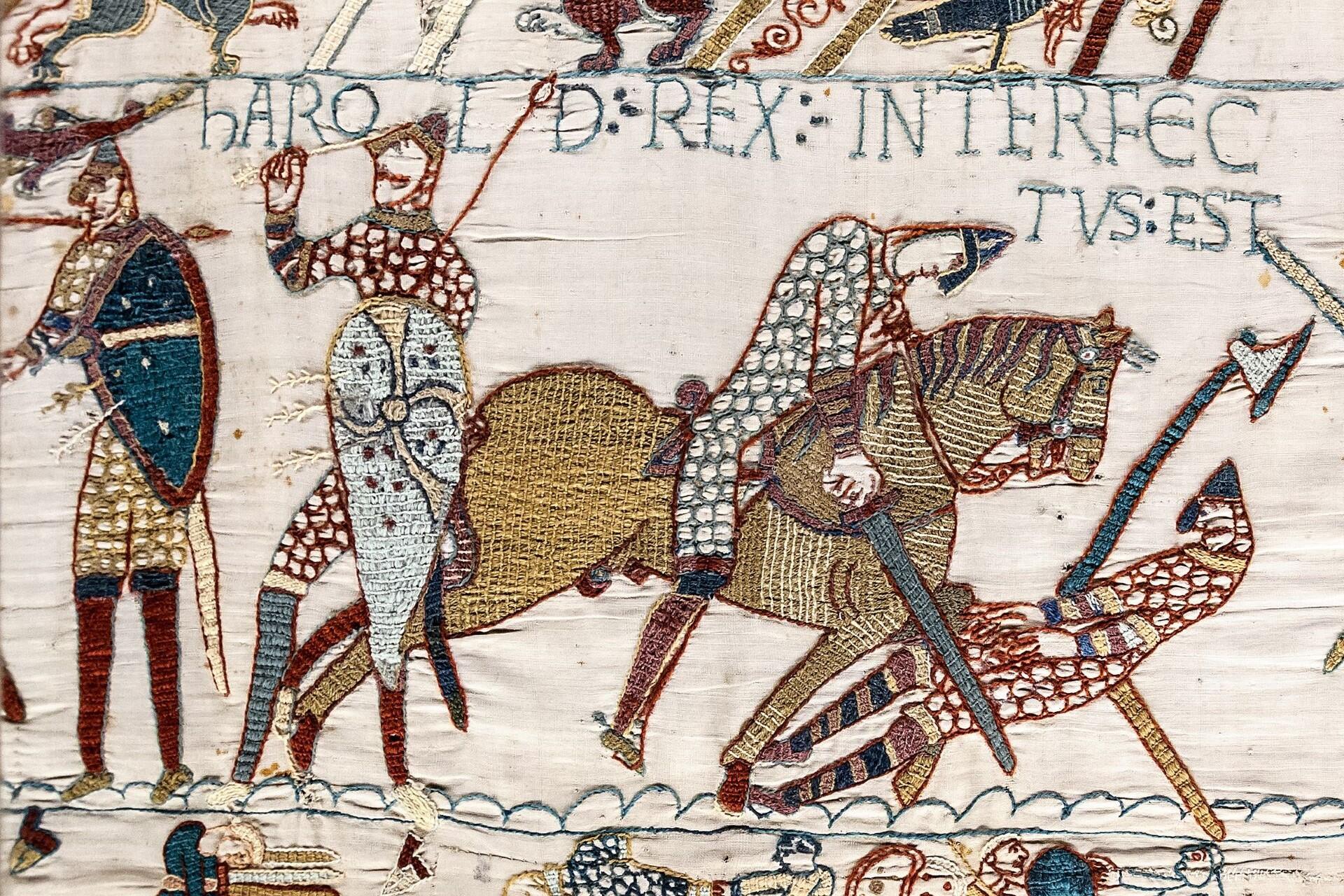
According to some historians, on a visit to England in 1051, the then-English King Edward (also William's cousin) promised to name the Norman duke as his heir. However, when he died in 1066, Edward named Harold Godwineson, a noble, as his heir.
This led to William immediately disputing the claim, landing on English soil in September 1066. Harold, unfortunately, had only recently returned from another battle in which Harald Hardrada of Norway had also attempted to establish his dominance in Britain.
Luckily, we have a surprising amount of information about the fight at Hastings, due to essential sources like the incredible Bayeux Tapestry, which depicts the events from 1064 until the end of the battle. The armies were large for the era, between 5,000 and 7,000 strong, and the fight began around 9 a.m. on October 14th. King Harold’s army's battle tactic was famously shocking to William’s troops.
soldiers were in each army at the Battle of Hastings.
Harold and his generals knew that, to win, they simply needed to stay behind their shields as the Normans attacked repeatedly. With their position high on a hill and from behind the shields, the English could decimate their enemies with archers. Thankfully for Harold, this strange manoeuvre put the Normans off, and eventually, after a rumour that William, the Norman leader, had been killed on the battlefield, the French forces retreated.
Seeing his army’s reaction, William quickly became frustrated and audaciously removed his helmet before both armies to disprove the rumour, shouting: Look at me! I live, and with God’s help I shall conquer! Now empowered with a new rush of confidence, William’s soldiers persisted in their attack and emerged victorious after Harold's death and his forces' eventual surrender. William of Normandy became William the Conqueror, and the Normans gained new territory.
King William of Normandy led his forces to victory, uniting England under Norman rule after years of conflict.
The American Revolution - Victory
While no actual battles were fought in France during this revolutionary war, it's still a significant victory in political diplomacy and military might. As we've seen throughout this article, France and England were long-term historical rivals, constantly fighting, conquering and reconquering territory in both countries.

This meant that, when offered the opportunity to weaken the Kingdom of Great Britain by helping revolutionaries in the United States, the French jumped at the chance, signing a Treaty of Alliance with the Continental Army in 1778.
From this point onwards, French aid, in the form of money, fleets of ships and thousands of soldiers, provided a significant and invaluable contribution to the revolutionary force in the United States. As in all wars, some battles were key moments on the road to victory. The two were the Battle of the Chesapeake and the Siege of Yorktown.
The first was a crucial victory, fought on the water by a French navy fleet of 24 ships versus a British navy fleet of 19, with around a hundred fewer guns. This battle was extremely important in the Revolutionary War, as the victor would gain control of the sea lanes in crucial areas, especially near Yorktown, where British forces had been under siege.
In fact, by winning this altercation, French forces ensured that the British could neither reinforce nor evacuate their forces, which all but ensured the British lost the war for American independence, leading to the establishment of the so-called 'Land of the Free'.
Moving on to the Siege of Yorktown, which began in late September 1781, Washington's army expanded after taking control of the Chesapeake Bay. He now controlled around 8,000 Frenchmen, plus thousands of militia and Continentals.
Washington's forces surrounded his opponents from all sides, and by October 9th, a heavy bombardment began, tearing apart the British defenses. From this moment on, the Allied armies pressed forward until the 17th of October, when the British finally surrendered.
This final defeat led to the cessation of hostilities and the beginning of negotiations between the American Congress and the monarchy, eventually leading to the formal ending of the war nearly two years later, in September 1783.
While the French had great victories on American soil, their inability to control spending while providing aid to the revolutionary forces and the ideological triumph of democracy over a monarchy directly led to the French Revolution.
French victories at the siege of Yorktown and the Battle of the Chesapeake helped secure the Free United States from British rule.
France's Contribution to the Revolutionary War
Second Battle of Ypres - Victory
The Second Battle of Ypres was a major battle of World War One that lasted over a month and resulted in a victory for the Allied Forces (which included France, Belgium, and Great Britain) against Germany.
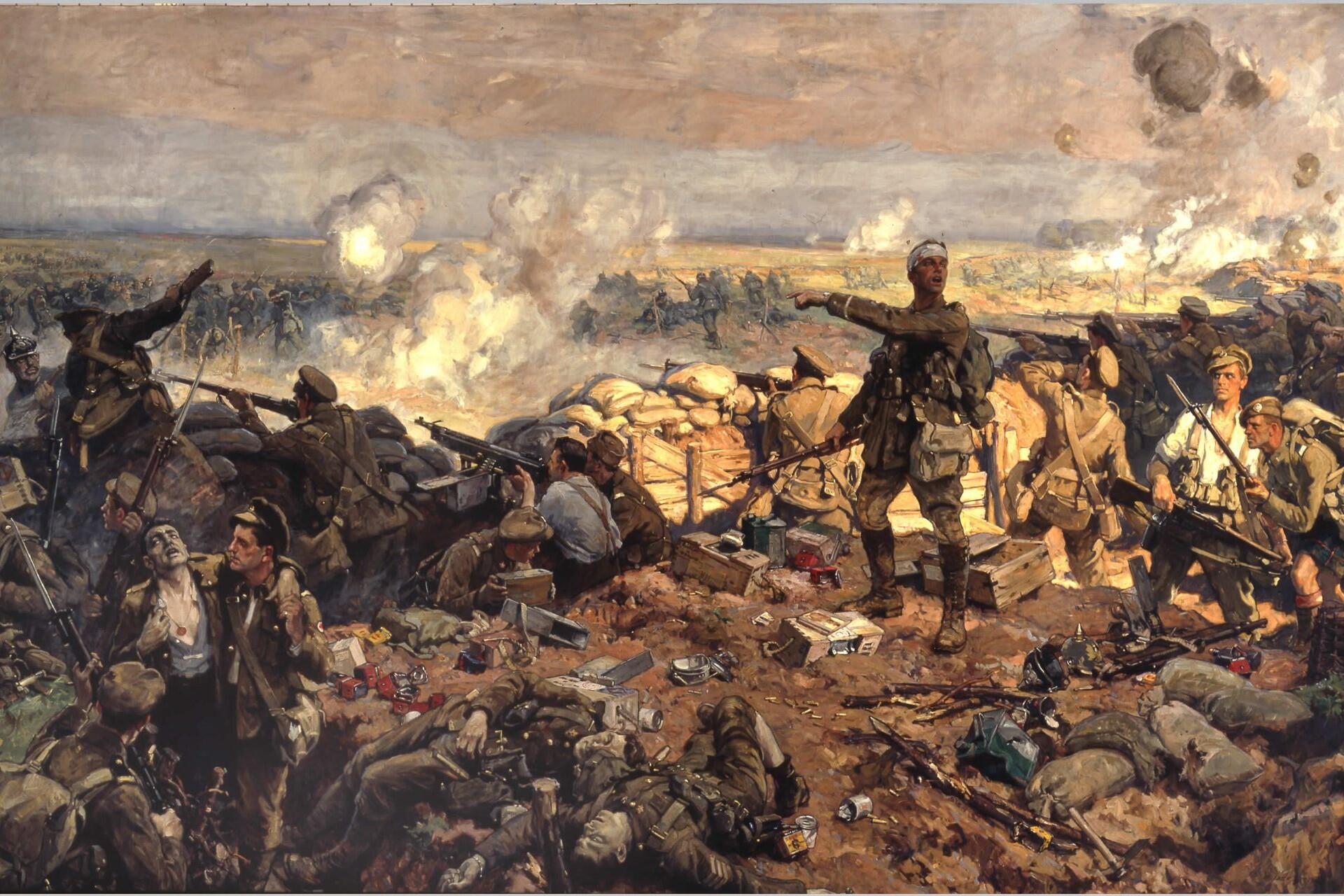
Situated in Belgium on the Western Front near the border with France, Ypres was a valuable asset in the First World War because of its location. Having control over it would help either side achieve overall victory.
The Second Battle of Ypres marks a famous point in war history as it was the first time when toxic gas was used as a weapon.
Cylinders full of poison gas were planted by the Germans along the boundary of the French-held territory and were activated while French soldiers were guarding the area. The attack came as a surprise and caused survivors to flee the area.
Thankfully, the French retreat did not grant the German forces an easy victory, and the British Empire’s troops defended Ypres and led the Allies to success.
A defining moment in World War I, where Germany introduced poison gas in battle, but France and its allies held their ground despite heavy losses.

Battle of Verdun - Victory
Another landmark victory for the French was the Battle of Verdun, which occurred during the First World War, in 1916. It is famous for being the longest battle of the whole war, lasting from February to December.
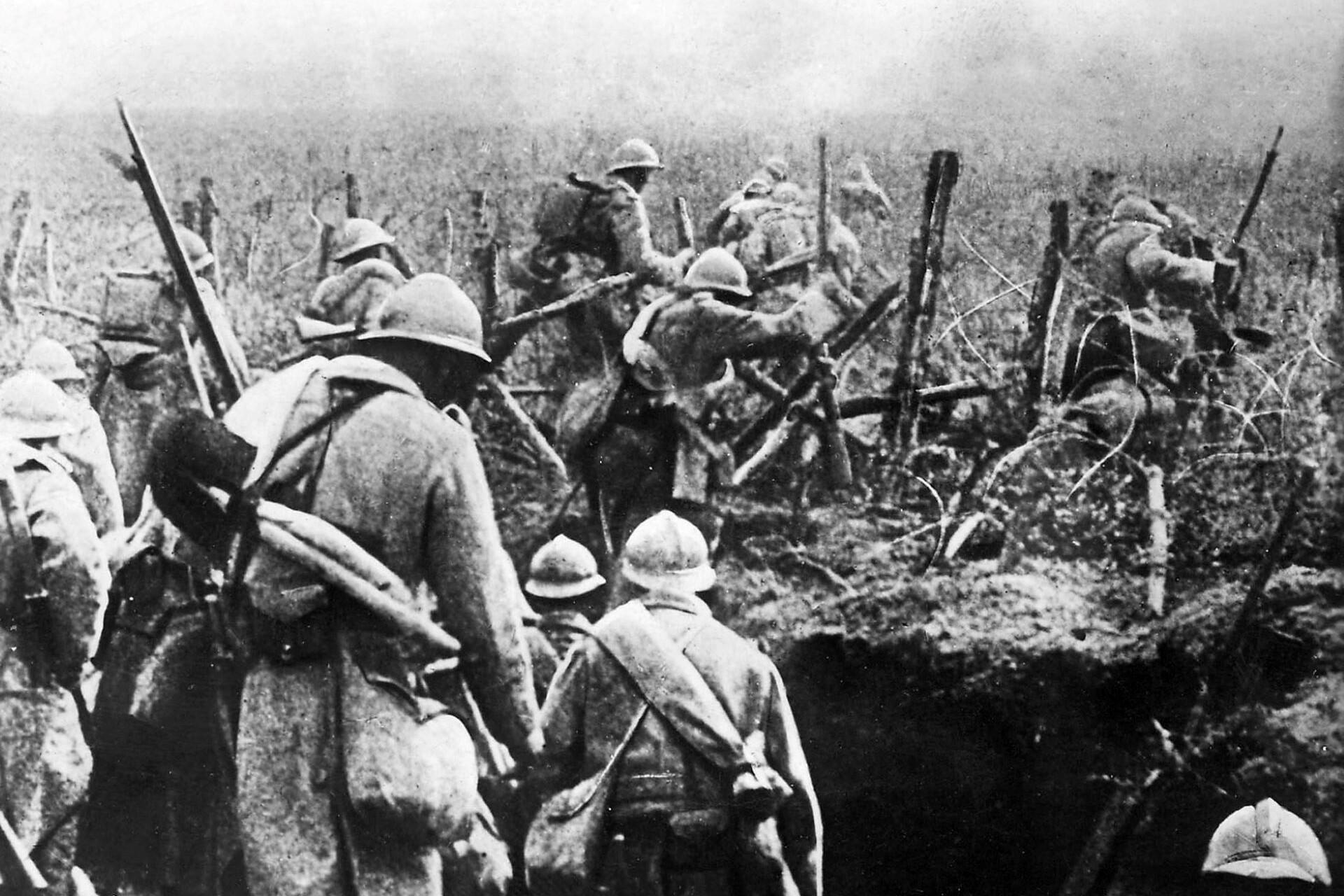
Verdun was an important city in France's military history as a defensive town, and the Germans sought to make the French compromise the forts there, signs of the country’s previous military strength, to cause national embarrassment or to forfeit the lives of their men.
The plan to attack Verdun appeared to be perfectly engineered, and everything looked to favour the attacking side. The French had removed significant ammunition from the forts, the trenches had not been finished, and German air forces dominated the skies.
Marshal Phillipe Pétain led the French forces to victory by moving supplies and troops to Verdun as quickly as possible, and elsewhere, the British planned to lead an attack on the Germans at the Somme, forcing them to remove men from Verdun.
One of the longest battles in history, lasting from February to November, where France resisted a massive German assault and held Verdun.
Battle of Marignano - Victory
The Battle of Marignano was a conflict in the Italian Wars. It was King Francis I of France's first major victory, helping solidify French dominance in northern Italy.
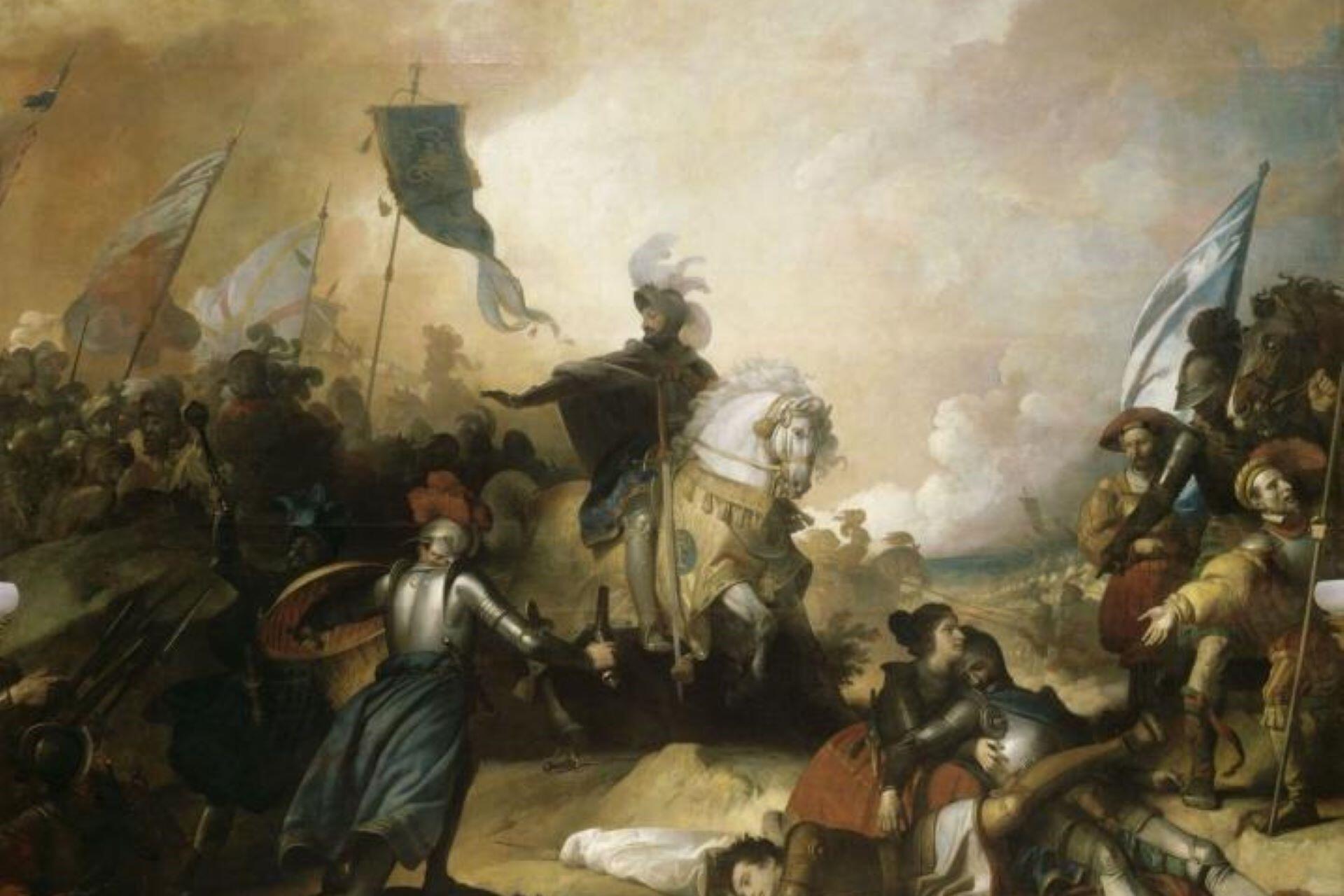
The French forces were pitted against the Swiss Confederation, a seemingly invincible mercenary force. The pikemen had powerful formations and typically found victory against larger armies. However, Francis I used heavy artillery and elite cavalry units to counter the pikemen.
The Swiss forces launched an assault on French lines and nearly broke through on the first day. However, reinforcements, including Venetian allies, arrived on the second day. The Swiss were overwhelmed and had to retreat.
A pivotal battle in Italy, where King Francis I's forces, using artillery and cavalry, defeated the Swiss and expanded French influence.
Battle of the Somme - Victory
This was one of the bloodiest battles in World War I. The Battle of the Somme lasted from July 1 to November 18, 1916! This joint offensive by the French and British armies was against the German Empire on the Western Front.
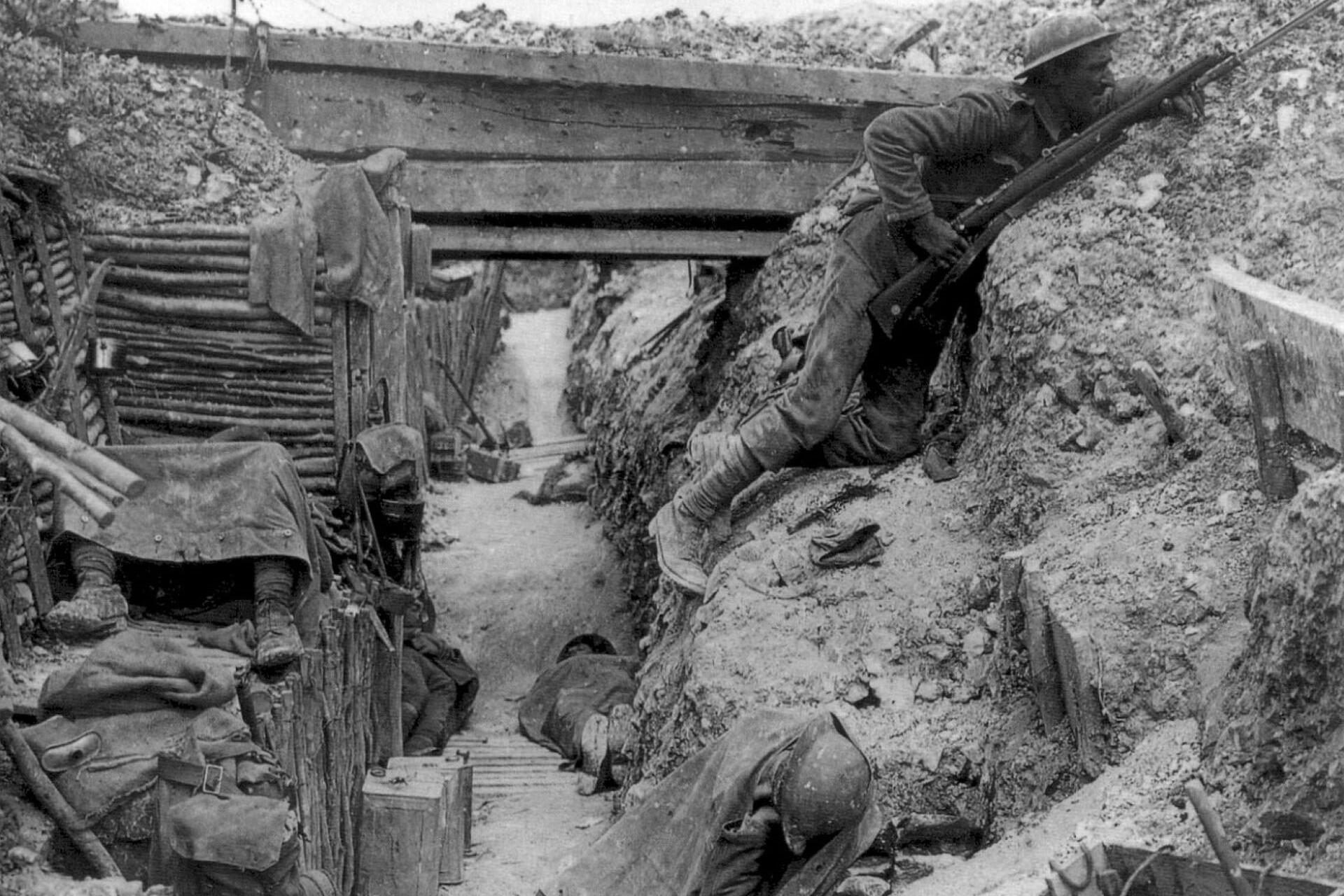
It was initially a French-led offensive until Germany launched a massive attack on Verdun. France, having to divert much of its army to defend that front, had to leave British forces to lead the charge on the others, with the French playing a supporting yet crucial role.
The first day led to 57,000 British casualties. This is still believed to be the highest single-day loss in their history. The French forces, better experienced in trench warfare by this point, made significant gains in the south.
British casualties on the first day of the battle.
By November, the Allies had advanced just around 10 kilometres, but they'd dealt heavy losses to the Germans. The offensive was incredibly costly, but still a strategic success. It was a victory, but an extremely costly one.
The July offensive was one of the bloodiest battles of the wars, with heavy losses on both sides but ultimately weakening Germany.
Battle of Agincourt - Defeat
One famous defeat for the French was the Battle of Agincourt, which was fought during the 100 Years War in 1415. Like the Battle of Hastings, the 100 Years' War was fought between England and France over which country would inherit the French crown.
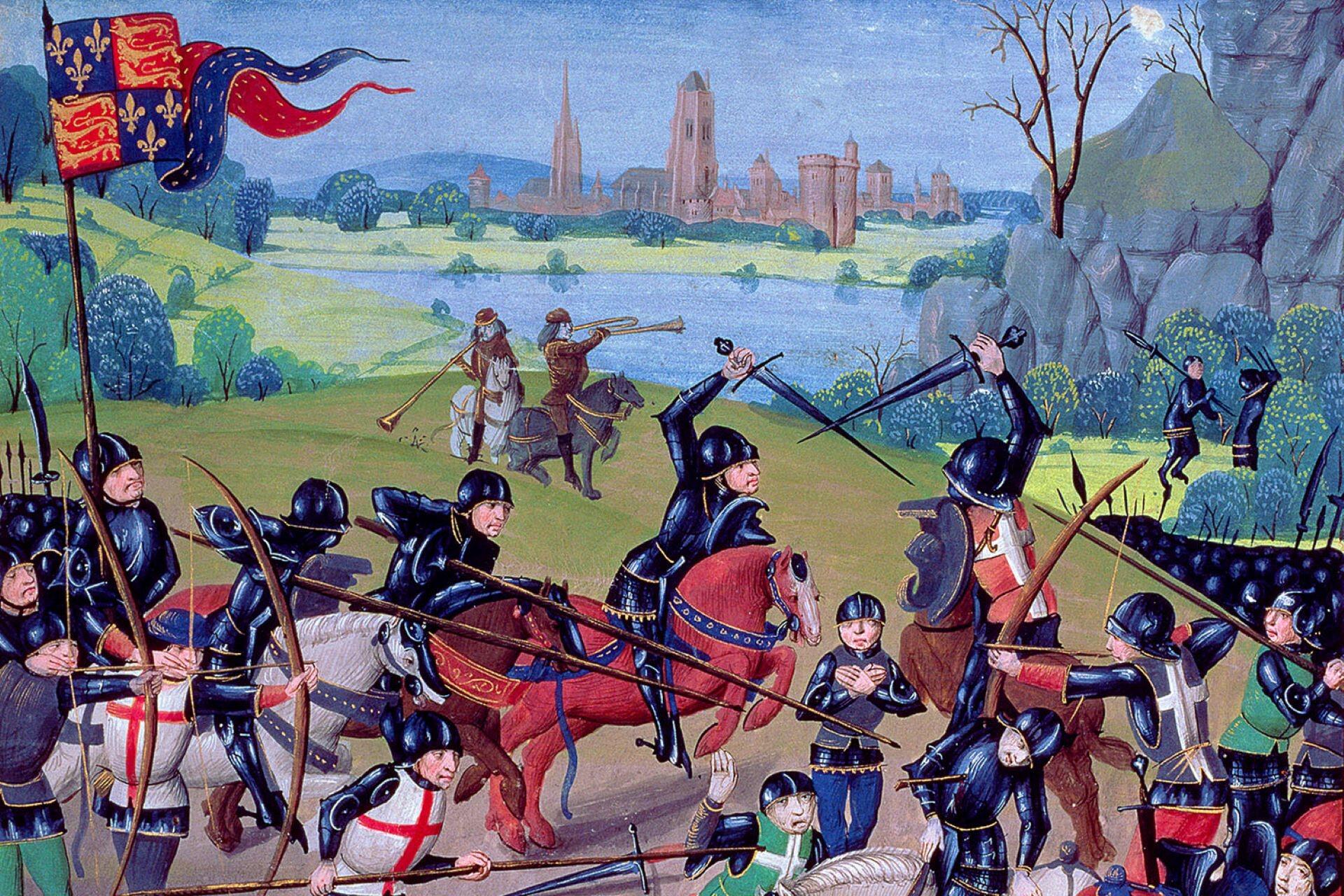
Henry V of England led his troops into France via the English Channel. However, weeks of travelling caused exhaustion, which cost King Henry V over 5,000 men. After suffering such massive losses, Henry decided to retreat to England. However, he was met by a wall of French soldiers.
The English remained still while the French soldiers, clad in heavy armour, approached them. The French were bombarded by arrows from the English longbow archers.
The Battle is famous for using the English longbow, reaching targets up to 230 metres away.
As the French army tried to push through the arrows, attacking became even more difficult because of the weight they were carrying on their bodies. Once the battlefield was full of French men, King Henry ordered his troops to attack the French using axes.
This bloody tactic secured a victory for the force from England and marked the start of a series of military successes for Henry V.
During the Hundred Years' War, France suffered a devastating military defeat against England due to the effectiveness of longbowmen.
Battle of Trafalgar - Defeat
The Battle of Trafalgar was a victory for the British Royal Navy against French and Spanish forces in 1805. This major battle was part of the Napoleonic Wars. Commander Admiral Lord Nelson led 27 British ships aboard the flagship HMS Victory in the Atlantic Ocean near Cape Trafalgar, off the Spanish Coast.
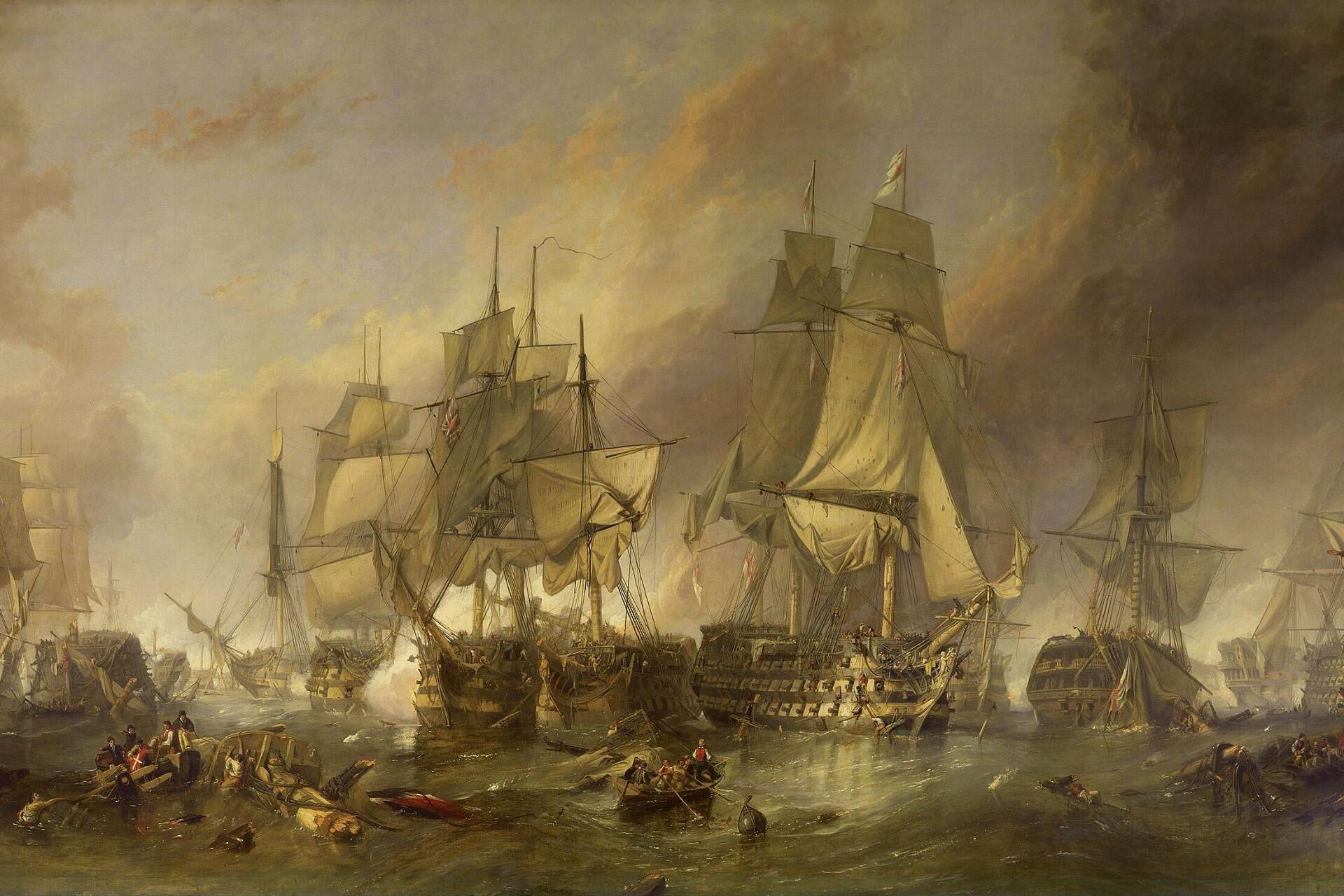
In the run-up to the battle, the famous French figure Napoleon Bonaparte, the new Emperor of France, had been trying to find a way to invade Britain and expand the empire of France after the French revolution.
However, Nelson was aware of his plans and imposed a naval blockade on France, which prevented Napoleon’s forces from crossing the Channel and interrupted France’s trade links.
Frustrated and unable to control the waters around France, Napoleon (who had allied with Spain) planned to get men from the Caribbean who would assist his soldiers in dismantling the British presence in the Channel so he could invade England.
However, Napoleon’s ships were prevented from reaching the Caribbean by Nelson’s men, who approached the French in two columns to deter them. After 5 hours of battle, Britain destroyed 19 of the 33 Franco-Spanish ships without losing a single job. The navy then triumphantly returned to its homeland.
Though Admiral Lord Nelson lost his life in this battle, his leadership ensured that Napoleon would never seek to make Britain part of the French Empire. He was honoured with naming a square in London: Trafalgar Square, where a statue of him still stands.
In this decisive Navy battle, Admiral Nelson crushed Napoleon’s Franco-Spanish fleet, preventing a French invasion of Britain.
Battle of Dien Bien Phu - Defeat
A more recent defeat of the French was the Battle of Dien Bien Phu in 1954 in Vietnam, which was part of the larger Indochina War. The French engaged in a battle with the Viet Minh, who represented Vietnam’s communist and national forces. Vietnam has been a French colony since the 19th century; however, the independence movement has grown in popularity, with the Vietnamese wanting to become a free country.
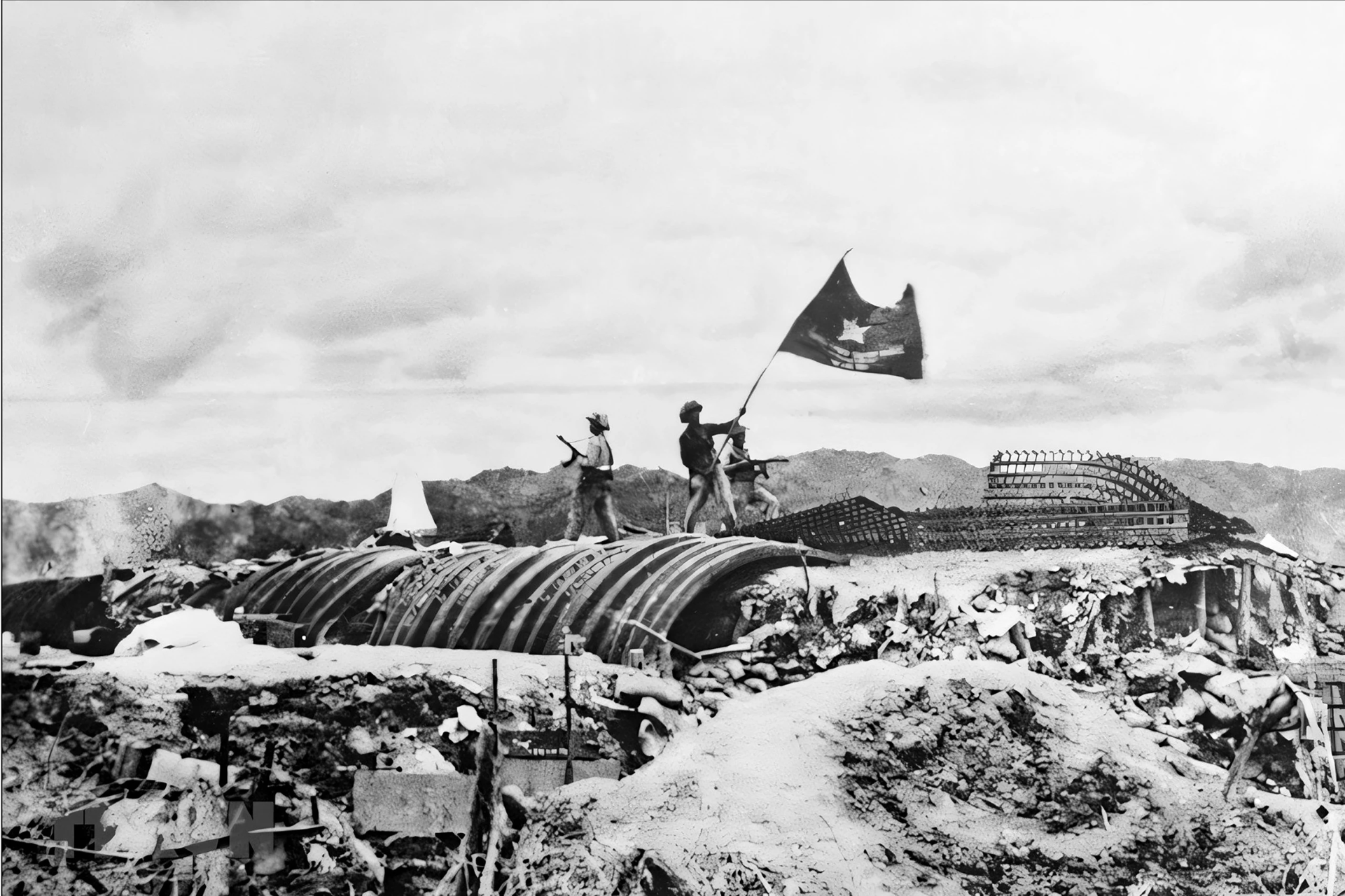
To weaken the Viet Minh forces, the French Republic started an occupation of Dien Bien Phu to cut off supplies to Laos and establish a French stronghold. However, this tactic did not work as planned, as Vietnamese forces soon cut off and surrounded the town.
France called on the USA for help when the Viet Minh began their offensive. However, the independence movement had strength in numbers, and the Viet Minh eventually broke through the French defences to the town.
A turning point in Vietnam, where the French were defeated in a prolonged siege, marking the collapse of their colonial rule in Indochina.

